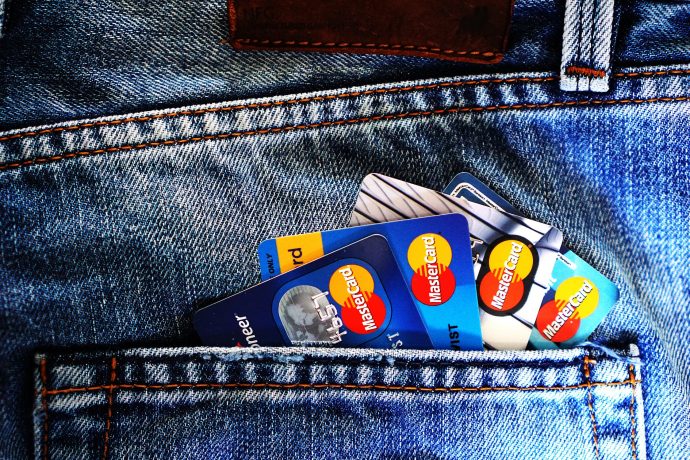
With online and other remote transactions becoming increasingly common, the risk of fraudulent purchases is increasing as well.
Between system breaches, credit card scams, and more, small businesses must be ever vigilant for fraudsters.
Not only does stopping fraudulent purchases show a dedication to your customers, but it also protects you from losses due to chargebacks, product loss, and other consequences of such fraud.
However, it can sometimes be difficult to recognize fraud taking place. As such, we’ve compiled a few tips to help you understand when a purchase is legitimate and when it is probably fraudulent.
1 – Beware of Unusually Large Orders
One red flag that is difficult to spot it’s when somebody places an unusually large order. While it’s tempting to accept these at face value, beware that somebody with a stolen credit card might simply be attempting to run up the charges before the card is reported stolen.
When you receive a larger than usual order, take the time to scrutinize it. If it’s a regular customer who often makes larger purchases, it’s probably legitimate. However, if this is a new account that was created an hour before the purchase, using a card with a different billing address from the shipping address, it is probably a fake.
2- Contact the Customer
Sometimes the best way to identify the legitimacy of a customer is to contact them.
Rather than just taking the contact information on the order at face value, use google, white pages, or other directories to determine the phone number associated with the name. If it’s different, call that number and verify the order before putting it through.
Using other associated contact information such as e-mail is also acceptable, the only caveat is that you should shy away from using order details to determine how to get in touch if you suspect it’s fraudulent.
3- Watch for Suspicious Emails
The look of the email address can be quite telling.
Looking for suspicious addresses and domains. Something that appears to be a random collection of letters and numbers or that uses a domain that promises disposable e-mails is likely not legitimate.
Most people use some variation of their name or at least a nickname or internet handle as their e-mail address. Something that does not look like a normal e-mail that a person could easily remember is likely fake.
4- Watch for Multiple Attempted Credit Card Runs
People using fraudulent credit or debit card numbers will frequently have a whole list they run through before finding the one that ‘works’. If you saw that a person placing a large order went through six different cards before the order went through, that is likely a red flag.
If it’s a case of one or two numbers being transposed that is easily user error, but multiple different cards with wildly different billing information have got to be a red flag.
5- Trust Your Guts
You know your customers, and you know how they usually act.
One fundamental rule is to trust your guts.
Customers act like customers. If somebody is giving you fake information or is asking you to send a product overseas despite living in Chicago then something is probably wrong here.
Ultimately, trusting your instincts will serve to protect your customers and your business far more than any other tip on this list.
Making sure your customer is who they say they are is a critical endeavor, and these are just a few ideas for how to guarantee that.
To help with that aspect of the purchasing process, whether you have a mortar or e-commerce, companies such as Cognito are helping to streamline identity verification to allow you to verify your customers and complete the sale knowing that the person on the other end is who they say they are.

Hi Sylviane,
Good tips for the online merchants who are facing this problem. It will help them to identify their potential customers. Personally, I feel contacting the customer as you mention in tips 2 is a good idea to identify the fraudulent purchase.
Thanks for sharing
Satish invites you to read..Top 5 Mobile App Development Trends To Dominate In 2018